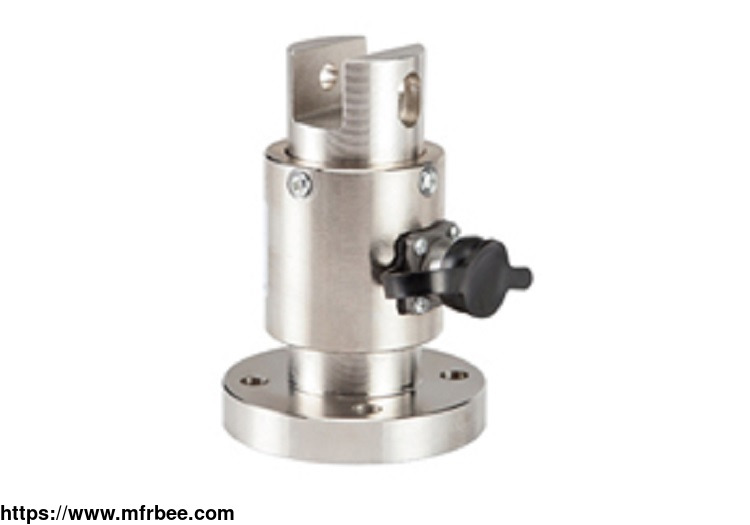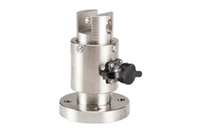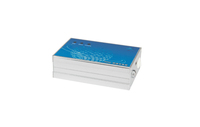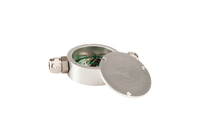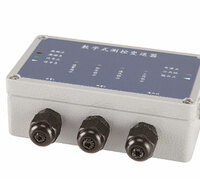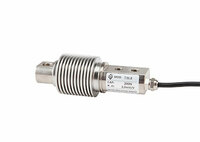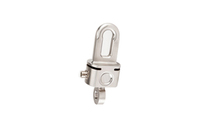Static Torque Measurement Sensor
Specifications
The static torque meter is a sensor used to measure the torque value of discontinuous rotation. We provide 4 kinds of static torque with different installation methods for customers to choose from.
Suitable for valves, torque wrenches, and torque testing equipment.
Static Torque Sensor For Sale
The force and torque sensor provides various signal output configurations and levels of accuracy. The simulation model can use either a strain gage level output + / -2 mV / V or an amplification
output + / -10 mV / V. The newer digital models have an analog output of + / -10mV / V, as well as the numbers passing through a complete RS232 serial interface.
The simulated model has both linear and lag errors of + / -0.1%. The digital model has two levels of accuracy, standard performance (code N), combined error of + / -0.1%, and enhanced accuracy
version (code C), with combined error of + / -0.05% of the full range.
What is the Difference Between Load Cell and Load Cell Transducer?
The transducer converts or converts one form of energy into another form. It does so through a process called transduction. It works by receiving stimuli or signals from specific and given physical
systems. Then, the device generates and transmits a response for it. They can be of different and distinct measurements, control systems, and automation. The electrical instrument can operate on a
few conditions, specifications, and environments. The sensor is another electrical instrument that belongs to the category of transducers.
For torque load cell transducer, it can convert the mV signal of the load cell into a unified standard analog signal, while the load cell converts the force into an electrical signal that can be
measured.
What is the Difference Between Load Cell and Load Cell Transducer?
Static Torque Measurement
All load cell for torque measurement use a full-foil strain sheet torque bridge to eliminate inherent bending and thrust loads. Precision temperature compensation bridges minimise potential
measurement error caused by thermal variations.
The sensing element consists of 15-5 PH and is a precipitated hardened stainless steel with excellent sensing properties. The low capacity model (200 ounces and less) has aluminum torsion elements.
They handle a large number of irrelevant loads with a low crosstalk. Both have a 200% mechanical overload rating.
In our ISO 17025:2017 accredited calibration laboratory, the units calibrate both CW and CCW, with their full rated torque load. Provide an NVLAP approved calibration certificate and record NIST
traceability.
How Does A Torque Sensor Work?
The torque measurement sensor works by measuring the reaction force produced by a torque-producing object. It measures torque by consistent with objects producing torque or being it (such as a
motor and its static support). These types of force-torque sensors are not intended to rotate.
For more information about torque transducer price and buy load cell, please feel free to contact us!
- Country: China (Mainland)
- Address: No. 118, Jiahe Road, High-Tech Zone,Bengbu,Anhui
- Contact: Huang Jack
